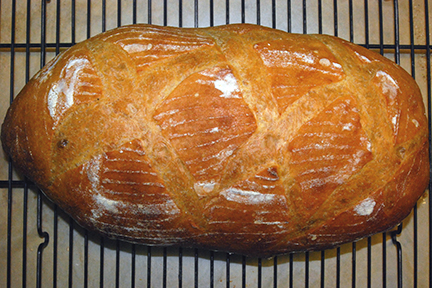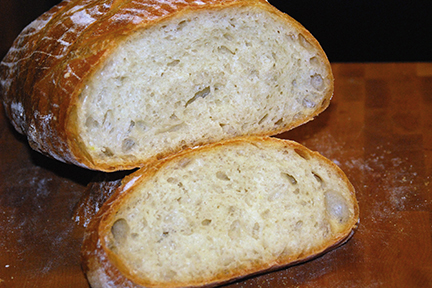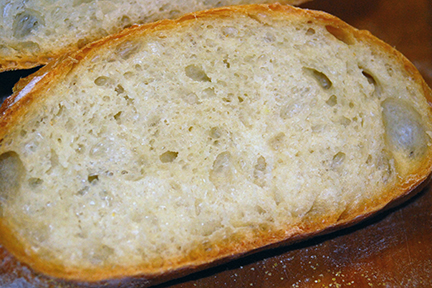SF SD With many folds


Today I made a second batch of the Multi fold, no knead bread Shiao-Ping as been working on and posting. I decided to make a few changes in concept to suit my style.I started with her SFSD post HERE and except for the yeast and flours and baking temp, followed that method.






